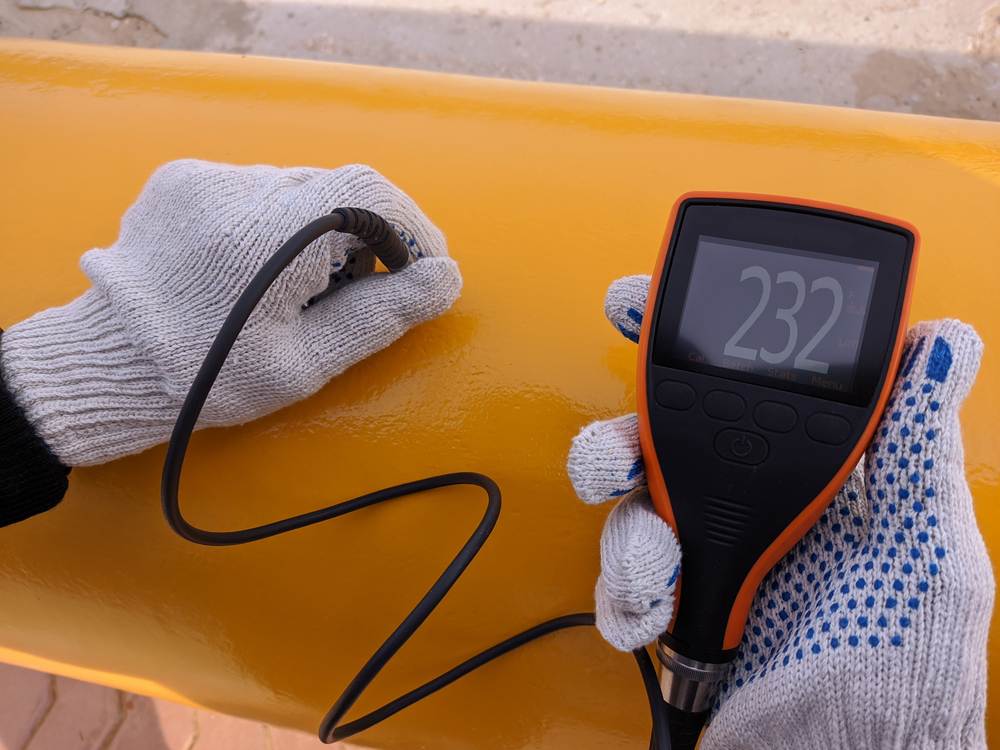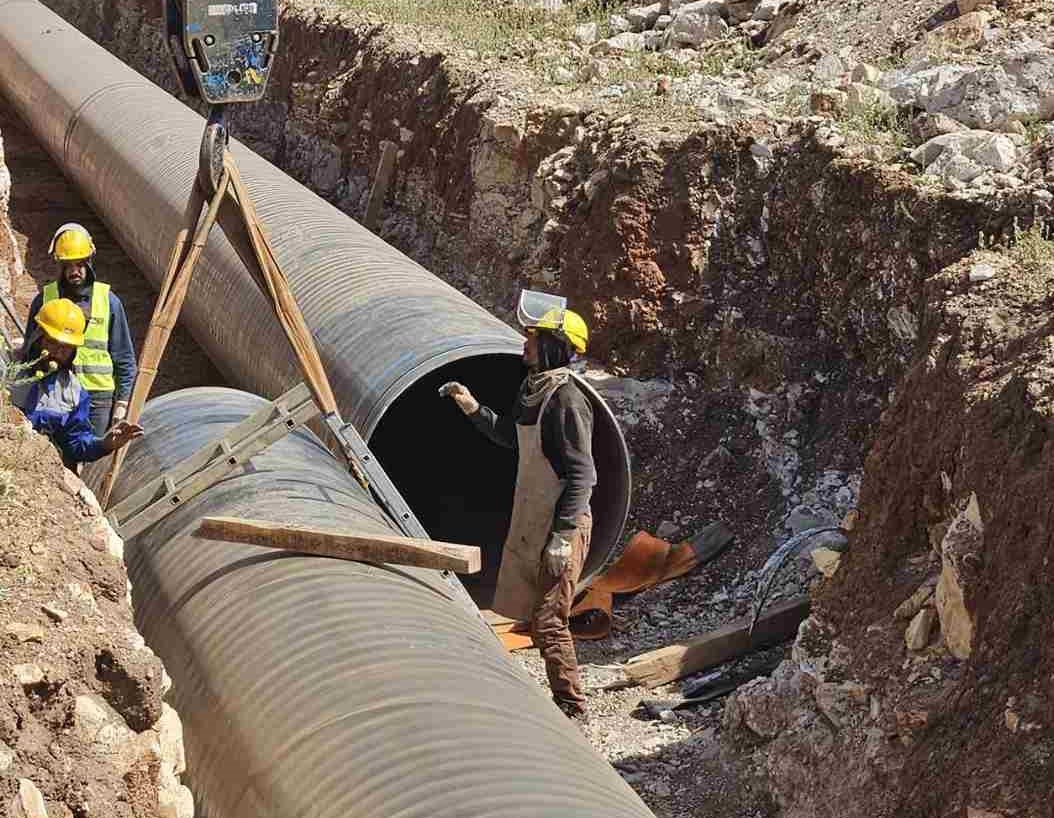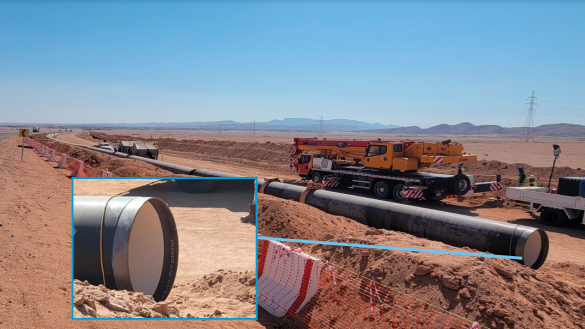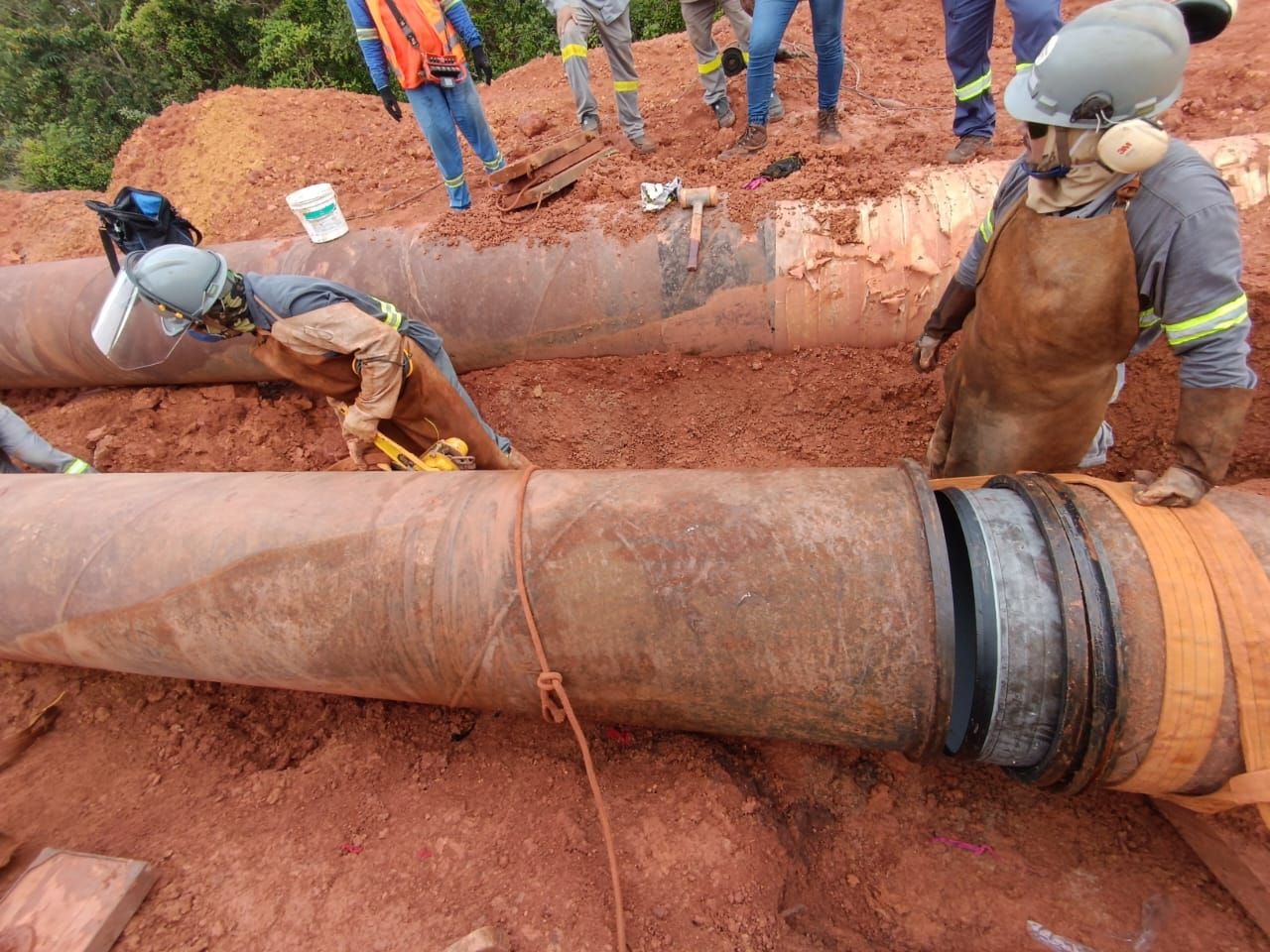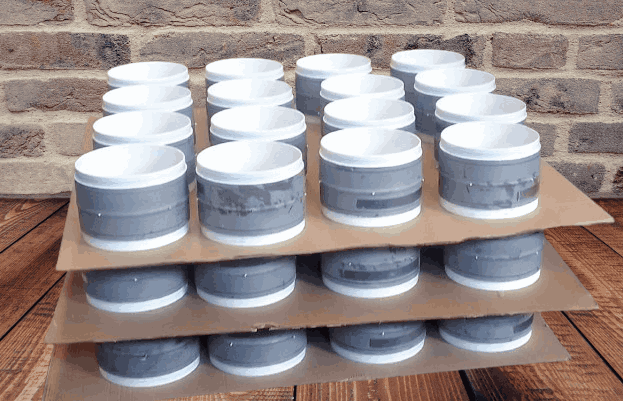Pipelines are essential for the transmission of numerous fluids such as oil, gas, water, and chemicals. These pipelines span huge distances across a variety of terrains and ecosystems, making their integrity and dependability critical. Implementing effective field joint coating is a vital part of ensuring pipeline integrity.
Preserving pipeline sections where two independent pipes, known as field joints, are linked together requires the critical role of the field common layer. These joints, susceptible to various external variables, can jeopardize the structural integrity and lifespan of the pipeline.
An onshore pipeline is a transportation system comprising a network of interconnected pipes used to carry liquids, gases, or solids from one site to another over land. Onshore pipelines are critical components of the worldwide energy and resource environment.
Their importance stems from their ability to provide the efficient, dependable, and environmentally friendly movement of important materials, resulting in contributing to economic growth, energy security, and technological advancement.
You may also like our blog: Offshore Field Joint Coating
Importance of Onshore Field Joint Coating
Field joint coating is critical to the long-term integrity and endurance of pipelines and other infrastructure systems exposed to extreme external conditions.
Workers in the field apply this unique coating to weld joints, where they join sections of pipes, bridging the gap and creating a smooth protective covering.
Emphasizing the significance of field joint coating is crucial, as it significantly contributes to the overall performance and longevity of various structures, particularly in industries such as oil and gas, water distribution, and utilities.
Ensuring Pipeline Integrity
Pipeline integrity is a diverse and critical activity, notably in the oil and gas, water distribution, and utilities industries. Pipelines are vital for the safe and efficient transfer of numerous products, but their successful operation is dependent on structural soundness, corrosion resistance, and compliance with safety rules.
Furthermore, a combination of techniques, technologies, and best practices actively maintains pipeline integrity to prevent leaks, spills, and other potentially dangerous accidents.
Protection Against Corrosion And Environmental Factors
Protecting structures, equipment, and systems from corrosion and environmental conditions is vital to their longevity and performance. Corrosion, or the slow corrosion of materials as a result of chemical reactions with their surroundings, can result in considerable economic losses, safety problems, and environmental damage.
It is critical to implement appropriate protection techniques to preserve the integrity and durability of assets exposed to extreme circumstances.
Extending The Life Cycle Of Pipelines
Onshore pipelines are critical in the oil and gas sector for delivering hydrocarbons across long distances and connecting production fields to processing facilities. These pipelines face a variety of environmental and operational problems, which can lead to deterioration over time.
The field joint coating—a protective layer placed on the welded portions of the pipeline—is an important part of maintaining their usefulness. Extending pipeline lifecycles through effective field joint coating is a major concern for pipeline owners and stakeholders.
Techniques of Onshore Pipeline Field Joint Coating
In onshore pipeline construction, field joint coating plays a crucial role in protecting the pipeline from corrosion and other environmental factors at the points where workers weld together individual pipe segments. Ensuring the robustness and corrosion resistance of the entire pipeline involves coating these joints. Various commonly used techniques exist for onshore pipeline field joint coating:
Cold-Applied Tapes
Cold-applied tapes are a popular choice for field joint coating due to their ease of application and effectiveness. Layers of adhesive and corrosion-resistant polymers constitute these tapes. Workers clean and prime the field joint, then wrap the tape around the joint in multiple layers. The adhesive bonds the tape to the pipe surface, providing a barrier against moisture and corrosion.
Heat-Shrink Sleeves
A polyethylene or polypropylene backing coated with adhesive forms the structure of heat-shrink sleeves, and this adhesive is activated when heated. Workers place the sleeve over the prepared field joint and then apply heat using an open flame or specialized equipment. Then, as the sleeve heats up, it shrinks and adheres tightly to the pipe surface, forming a protective barrier.
Liquid Epoxy Coating
Liquid epoxy coatings are applied as a two-part system: the epoxy resin and the curing agent are mixed just before application. The mixed epoxy is brushed or sprayed onto the cleaned and primed joint area. The epoxy cures to form a durable and corrosion-resistant coating.
Fusion-Bonded Epoxy (FBE) Coating
FBE coating involves electrostatically applying a powdered epoxy coating to the prepared field joint. The coated pipe is then heated in an oven, causing the powder to melt and fuse onto the pipe surface, forming a tough and durable coating. This method is commonly used for both factory-applied and field-applied coatings.
Liquid Polyurethane Coating
Liquid polyurethane coatings provide excellent resistance to abrasion, impact, and chemicals. Like liquid epoxy coatings, users mix polyurethane and then apply it using brushes, rollers, or sprayers. The coating cures to form a protective layer.
Hot-Melt Wax Coating
Hot-melt wax coatings involve applying a mixture of wax, filler materials, and corrosion inhibitors to the field joint. The wax is heated and then applied to the joint using a spray or roller. As the wax cools and solidifies, it forms a barrier against moisture and corrosive agents.
Mastic Coating
One can apply mastic coatings by hand to the prepared field joint, as these materials are viscous and putty-like. They offer good adhesion and sealing properties, helping to protect against moisture and corrosion.
Factors Influencing Field Pipeline Joint Coating
Field joint coating is an important part of pipeline construction and maintenance because it protects the vulnerable junctions where individual pipe segments link. The selection of the proper field joint coating is a thorough procedure that takes into account several parameters, each of which plays an important part in guaranteeing the pipeline’s long-term integrity and reliability.
These characteristics can change depending on project-specific conditions, environmental issues, and the pipeline’s intended service.
Environmental Factors
The environmental conditions of the pipeline’s location have a considerable impact on coating choices. Consider temperature changes, humidity levels, soil composition, and proximity to acidic factors such as saltwater or pesticides.
Ensure long-term protection by recommending coatings that resist the specific environmental conditions of the pipeline’s location.
Corrosion Potential
Corrosion poses a significant danger to pipeline integrity. The corrosion risk of the pipeline’s contents and the surrounding environment has a direct impact on the coating selection. Thus, to prevent corrosion in pipes conveying corrosive substances, it necessitates a more robust and resistant coating.
Mechanical Stress
Pipelines are subject to mechanical stresses such as tension, compression, and bending, particularly at joints. The coating used should be flexible enough to withstand these forces without breaking or delaminating. Furthermore, the adhesive strength of the coating is critical for preventing disbandment.
Cost Saving
While putting field coatings increases the initial cost of pipeline installation, it provides significant long-term cost savings. Preventing corrosion and increasing the lifespan of the pipeline eliminates the need for regular maintenance, repairs, and replacements, resulting in lower operational costs over time.
Conclusion
Finally, onshore pipeline field joint coating is crucial to ensure the integrity, lifespan, and effective operation of these critical infrastructure components. The techniques covered in the field jointing of pipelines demonstrate developments in onshore pipeline field joint coating, spanning from classic procedures to more novel ones.
Therefore, this technique is critical because it directly affects pipeline resistance to corrosion, mechanical loads, and environmental conditions that could jeopardize structural integrity.
Read more: Girth Weld Coating in Offshore Pipeline Installations: Unique Considerations
FAQs
Q1: What is onshore field joint coating?
Ans: The application of protective coatings to weld regions where different sections of the pipeline are connected is referred to as onshore pipeline field joint coating. These protective coatings prevent corrosion, increase longevity, and maintain pipeline integrity in places prone to external forces.
Q2: How is the right coating material selected for onshore pipeline field joints?
Ans: The coating material used is determined by criteria such as pipeline location, ambient circumstances, operation temperature, and the corrosiveness of the conveyed substances. Epoxy, polyethylene, polypropylene, and polyurethane are common materials.
Q3: How does field joint coating impact pipeline construction timelines?
Ans: Field joint coating contributes a step to pipeline construction. The additional time is small in comparison to the enormous benefits in terms of pipeline lifespan and decreased maintenance requirements.
Q4: Canfield joint coating mitigate the need for cathodic protection?
Ans: Effective field joint coating protects against corrosion, but cathodic protection is still advised, particularly in higher-corrosive settings. Thus, utilizing both approaches improves the pipeline’s capacity for overall corrosion resistance.
Q5: What role does quality assurance play in field joint coating?
Ans: Monitoring the entire coating process to guarantee correct surface preparation, the use of coatings, and verification is part of quality assurance. Adhering to quality standards reduces the likelihood of coating failure.

